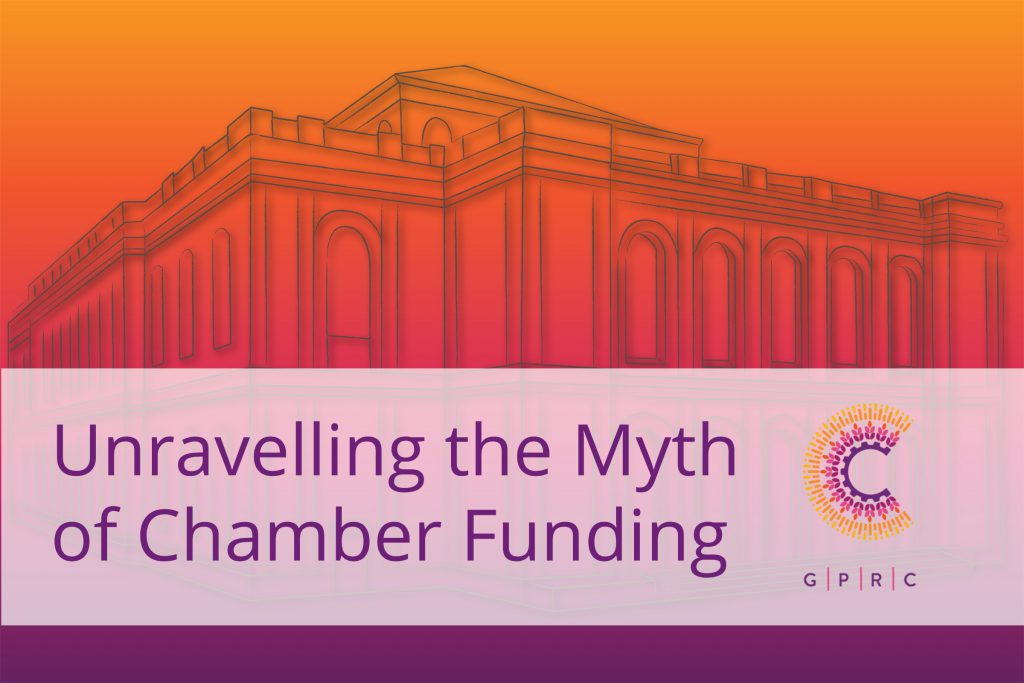Donald Trump and the 25% Tariff
You can’t help but notice President Elect Donald Trump is peeved with the Federal Government in Ottawa. He has posted that, on his first day in office, he will impose a 25% tariff on Canadian exports to the United States until Canada gets the movement of people from Canada to the US under control. In doing so he declared |Canada as much an issue as Mexico.
So what is a tariff? A tariff is a tax or duty imposed by a government on imported goods. It is often used as an economic tool to regulate trade by either raising the cost of imports to make domestic products more competitive or generating revenue for the government. Tariffs can also be strategically deployed in international trade disputes as a means of economic pressure.
When a country imposes tariffs during a trade dispute, the objective is typically to punish or retaliate against another nation perceived to be engaging in unfair trade practices, such as dumping goods at below-market prices, providing illegal subsidies to domestic industries, or violating intellectual property rights (or in Trumps case security issues). By increasing the cost of specific imports, tariffs reduce their competitiveness in the imposing country’s market, potentially harming exporters in the targeted country.
For example, if the USA believes Canada is unfairly subsidizing its steel industry, the US might impose tariffs on imported steel from Canada. This action raises the price of Canada’s steel, discouraging purchases and potentially pressuring Canada to change its practices.
And that is just one example – imagine a 25% tariff added to the $439.6 BILLION in annual Canadian exports to the US.
Such tariffs, while effective in exerting leverage, carry risks. They can lead to retaliatory measures, escalating into a trade war, and may harm domestic businesses reliant on imported goods or materials. Either way it is not good news for Canada.
For members of chambers of commerce, it’s critical to understand the dual nature of tariffs as both tools for protecting local industries and as potential sources of disruption to global supply chains and markets.
Balancing these impacts is key in navigating the complexities of international trade – and Canada has two months to get it right.
Norman Leach
Executive Director
GRPC.
Unravelling the Myth of Chamber Funding
In the often-busy world of business and commerce, the Chamber of Commerce stands as a pillar of support for entrepreneurs and businesses alike. However, there exists a common misconception that chambers are primarily government-funded entities. The reality is quite the opposite – a mere 15% of chamber funding comes from the government, while the…
- « Previous
- 1
- 2

